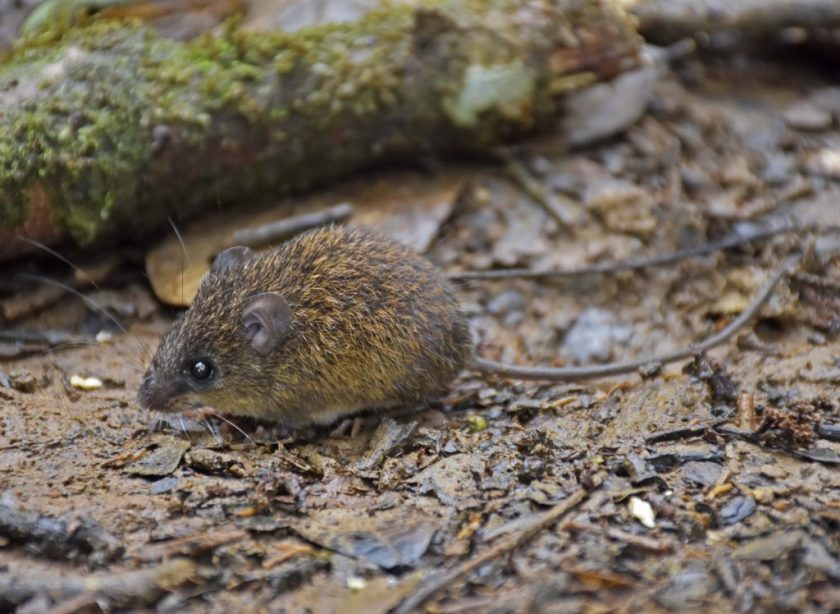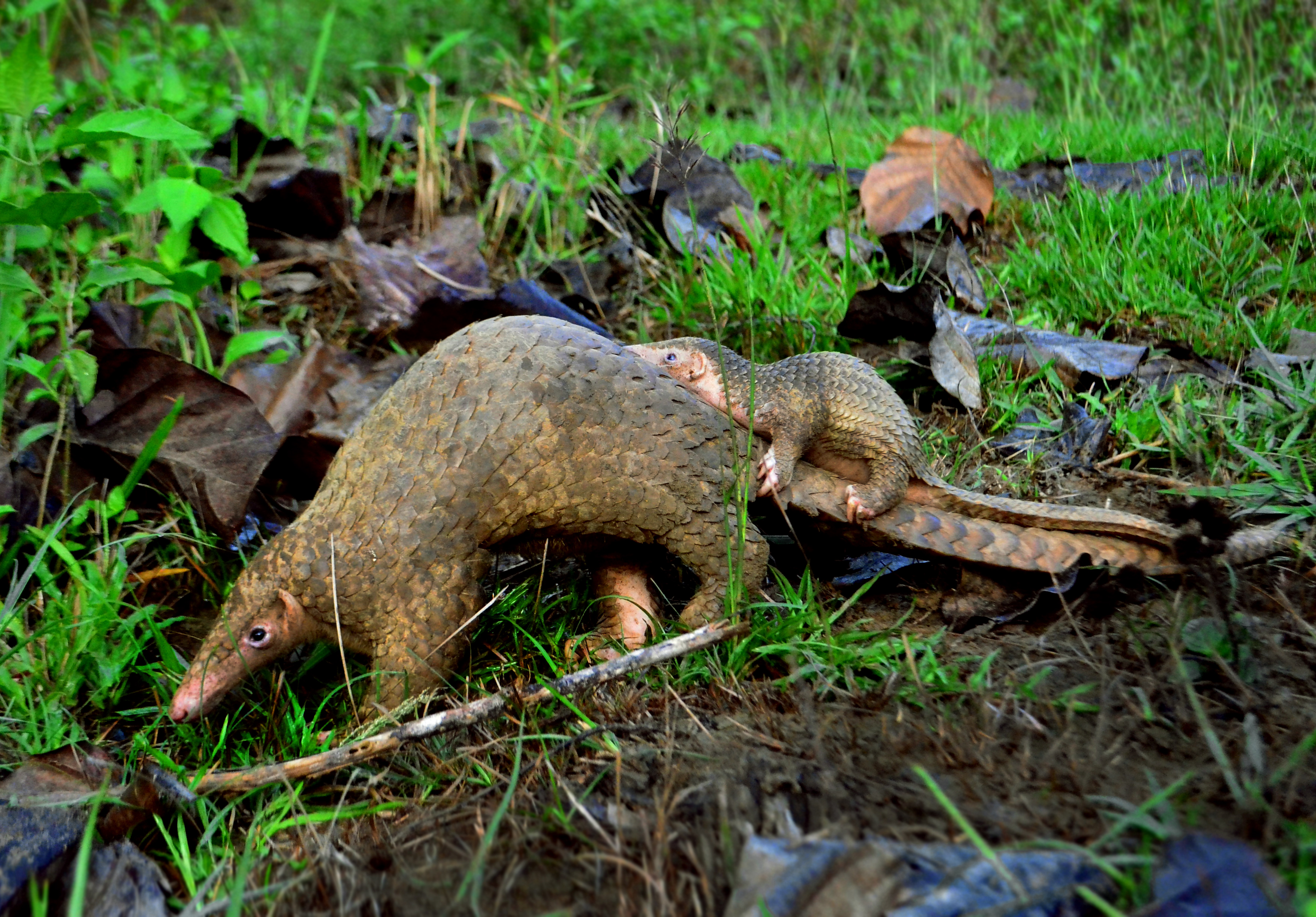A new study revealed significant differences in the appearance and behaviour of the two one-horned Asiatic rhinoceros species, challenging long-standing classifications and supporting a re-evaluation of their status.
The study, led by zoologist Francesco Nardelli and paleontologist Kurt Heißig, highlights how millions of years of evolutionary pressures have shaped the distinct adaptations of the Indian (Rhinoceros unicornis) and Sundaic (Rhinoceros sondaicus)rhinoceroses. The critically endangered Sundaic rhinoceros has a slender skull, a broader and lower back of the head, and a shorter nose and teeth suited for browsing leaves. In contrast, the Indian rhinoceros has a more robust skull and taller teeth adapted for grazing on grasses.
“Adaptations of large terrestrial mammals to various environments are linked to the diversity of food items they can consume, which is reflected in the variation of their dental and cranial morphologies,” the researchers write in their paper, published in the journal ZooKeys. “In rhinoceroses, these adaptations are identified in their teeth structure and head posture.”
The Sundaic rhinoceros, now confined to Java’s Ujung Kulon peninsula, is a browsing species with uniquely polygonal-patterned skin and, unlike any other living rhinoceros, hornless females. In contrast, the Indian rhinoceros is a grazer of riverine grasslands in northern India and Nepal. With deep skin folds and a heavier build, the Indian rhinoceros is considerably larger than its Sundaic relative. It is superseded in size only by the elephant and the white rhinoceros, with males weighing more than 2,000 kg and females reaching 1,600 kg.

Fossil evidence confirms that these differences evolved independently over a long period of time. The authors maintain that they represent fundamental anatomical and ecological distinctions and reflect deep evolutionary adaptations.
The behaviour of the two species also differs significantly, with the Sundaic rhinoceros being solitary wanderers and Indian rhinoceros forming temporary crashes.
“Both species possess unique adaptations for survival, emphasising the importance of understanding their systematics for effective conservation,” the researchers write in their paper.
Based on these findings, the scientists propose a more precise scientific name for the Sundaic rhino: Eurhinoceros sondaicus. “Recognizing Eurhinoceros sondaicus as a distinct genus provides a more accurate reflection of its evolutionary history and ecological specialization,” they assert. “This refined classification not only enhances our understanding of rhinoceros evolution but also provides a clearer framework for conservation planning, helping to tailor strategies for the protection of these critically endangered animals.”
Original Source:
Nardelli F, Heißig K (2025) A taxonomic review of the genus Rhinoceros with emphasis on the distinction of Eurhinoceros (Perissodactyla, Rhinocerotidae). ZooKeys 1230: 303-333. https://doi.org/10.3897/zookeys.1230.127858





































